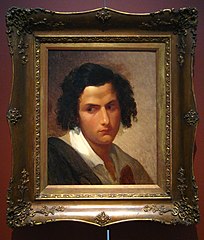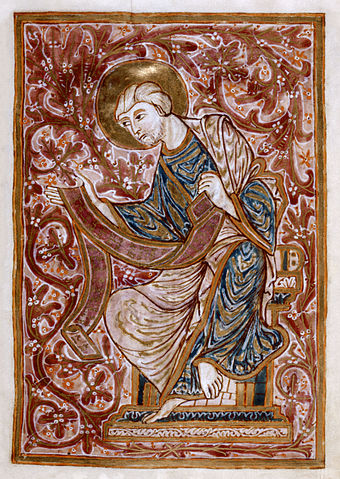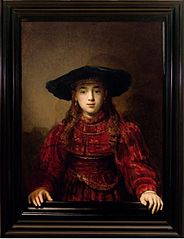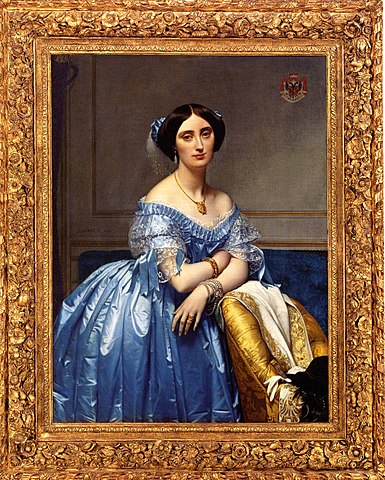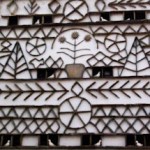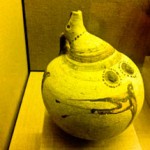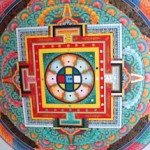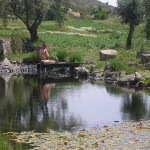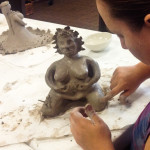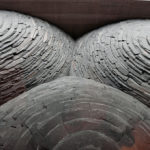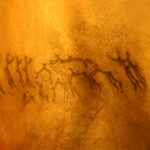All art is quite useless, Oscar Wilde
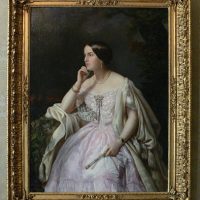
The preface to the novel – The picture of Dorian Gray (1891)
Most likely, those familiar with Oscar Wilde’s writing style and personal character, will not be surprised to read his preface to the very famous novel – Dorian Gray. The short preface revels Wilde’s view on art and literature, in an even more direct way then through his novels.
Through sharp critic and witty contemplations on art, artist, art critics and the like, we meet Wilde, as the artist himself, even more intimately then thought, through his fictional characters. As customary in Wilde’s writing, he expresses his personal view on art as facts, and his thought on art critic shamelessly and unapologetic, as can be accepted.
“The artist is the creator of beautiful things”, opens Oscar Wilde. These words begin the preface, making his fundamental claim of ‘what is art’ crystal clear. To Wilde, art is the making of beautiful things, that is its duty and role.
Art never deals with the question of Morality. While art can be good or bad, on the creative level, “books can be well written or badly written”, but is not a matter of moral or immoral. This is particularly interesting for as we know Oscar Wilde himself was put on trial for this very book. The book was seen and judged as an immoral book. That trial, sadly had a tragic influence on his entire life.
Wilde is present as a personality in his text, he doesn’t try to hide it. The artist for him is an integral part of the art. His interpretation of art and artist is full of wonder, curiosity and interest.
As back then, still in today’s critic of art and artist, harsh personality abuse and fault picking is a popular sport. Personal odd behavior and unconventional ideas are examined closely. Ideals that are not in line with the common narrative they are looked down upon. The need for proper mature and to-the-point critics, is still today very much missing and highly needed.
Revealing the artist and the critic
“Those who find ugly meaning of beautiful things, make you corrupt without being charming.”
For Wilde, of course, being charming is just about the highest quality of a person. While he has no problem or judgment against being corrupt, to be corrupt without being charming, can be seen through his eyes a greatest vice; “this is a fault”, he concludes.
Oscar Wilde makes it clear that he is a lover of beauty. Furthermore, the ability to see beauty in beautiful thing is not a trivial matter, rather it is a quality of great importance. For him, those that find beauty in beautiful things have hope. While others simply will find faults and ugliness in anything no matter how beautiful it is. This ironic like statement is written in very typical Oscar Wilde style.
As we all might experience, looking for faults, critics is very popular and attractive. People love to gossip, to criticize and they are pulled to seek and find negativity. Shaming art and artist is even more popular in academic circles. Wilde claims witfully that looking for the ugly, when we see beauty is being “corrupt without charming”. Of course, it is needless to state that for Wilde, to be corrupt while being charming, is completely acceptable.
Wilde uses the metaphor of the mythological creature Caliban – the half human-half monster in William Shakespear’s play the Tempest. Caliban is the son of Sycorax the witch, he is forced into slavery. Caliban looks at himself in the glass and is disgusted by his own image. Speaking about art critics, Wilde portrays that situation as a “lose-lose” one. One can never win with art critics, for either they will see themselves in the art in ways they don’t like and therefore will reject it. Or alternatively, they will not find themselves in the art at all, and will feel apathetic and aloof towards it.
Art for Art’s sake
Stating that: ”those that find beautiful meaning in beautiful things are cultivated. For these there is hopes”. Wilde shows us that we are able to enjoy, admire and appreciate that which is beautiful. “They are the elect for whom beautiful things are only beauty”, boldly he speaks for all artist and lovers of art, with no shame.
Unlike Tolstoy, Oscar Wilde sees great value, deep meaning and importance in Art for Art’s sake. Beauty is perceived as a value in itself, a worthy goal to persuade. He is, on the other hand, shaken when people do not see beauty, in that which is in essence beautiful and charming. He asserts that if we cannot see that beauty in the beautiful, the fault is in us and our inability to see and appreciate beauty. It is our own limitations that don’t allow us to enjoy and appreciate the purity of beauty.
To Oscar Wilde that which we condemn in art is what we condemn in ourselves; that which we criticize and judge in art, is in fact what we judge of our own self.
New, Daring, utterly Useless
Wilde demands of art to be new, bold, progressive, and to keep moving forward. He simply accepts the fact that some people may not be ready for the new, and therefore surly, will frown upon it.
He continues to explain that “Diversity of opinion about a work of art shows that the art is new complex and vital”, as he points to the importance of appreciating different opinions. It is through hearing and accepting different points of views that a real conversation and growth can happen.
For Wilde the reason to create art is its very uselessness. Useless art is art made for its very beauty. It is no shame, but rather a celebration of beauty, created for the sheer joy of admiration, pleasure and awe.
“No artist desires to prove anything”
“No artist has ethical sympathies”
Wilde believes art does not need to be burdened with social utility, it has a role to be beautiful, to be totally charming and to be admired for its own sake. That is its commitment, its role and essentially its duty.
“It is the spectator, not life, that art mirrors,” Wilde honestly understand that art can not be objective and therefore removes all such expectation. He accepts that art is forever a subjective reflection, and thus must be appreciated as such.
Wilde concludes stating that, the only reason to make something beautiful is to admire it, and for it to be admired. Wilde not only gives art the freedom and permission to be useless, he actually expects it to be and requests it must be so!
